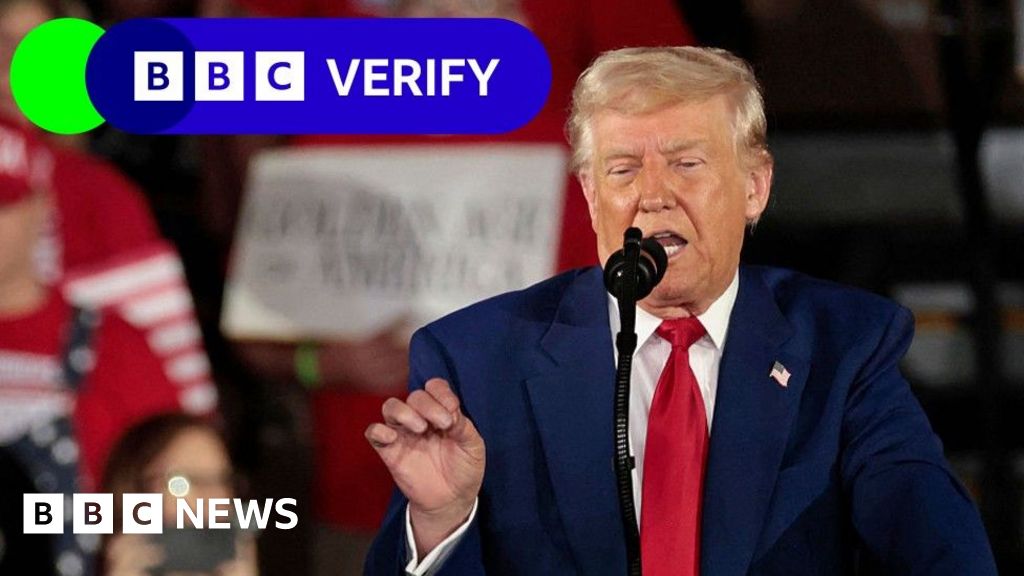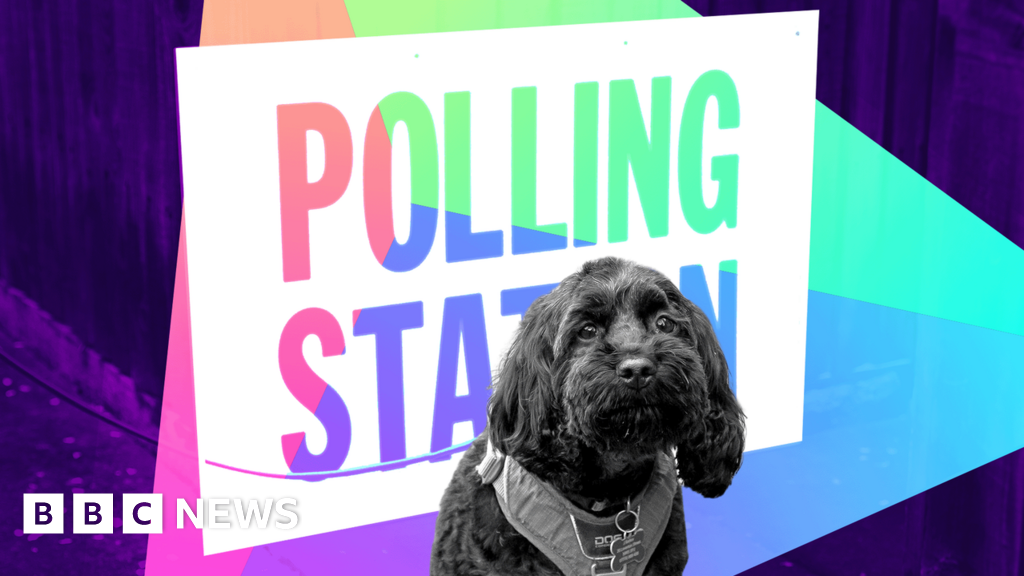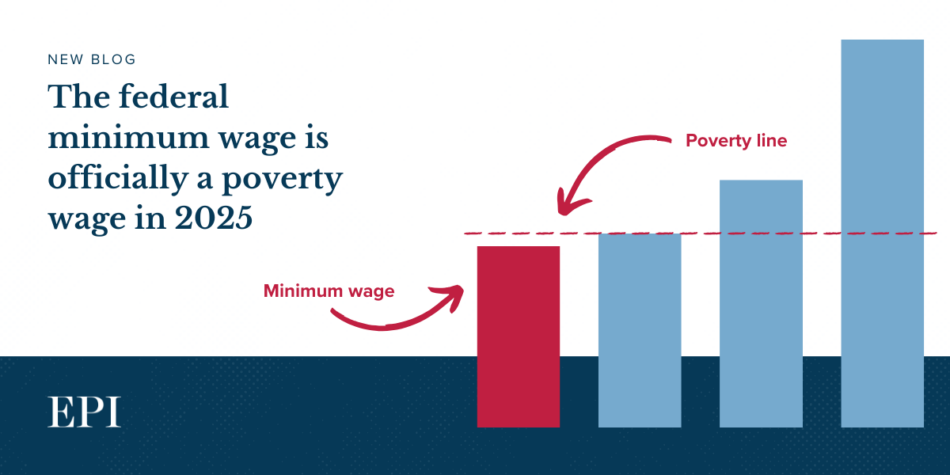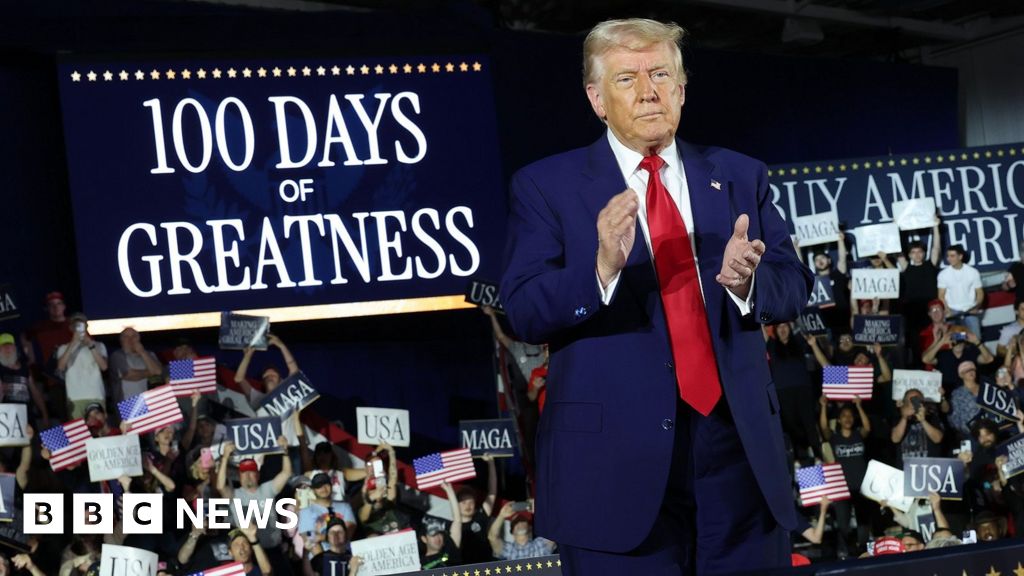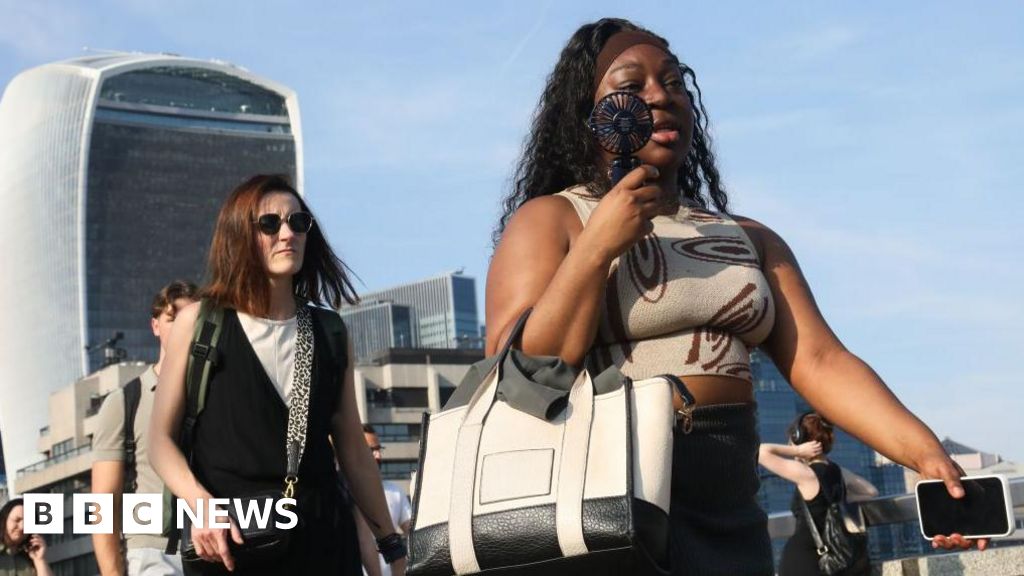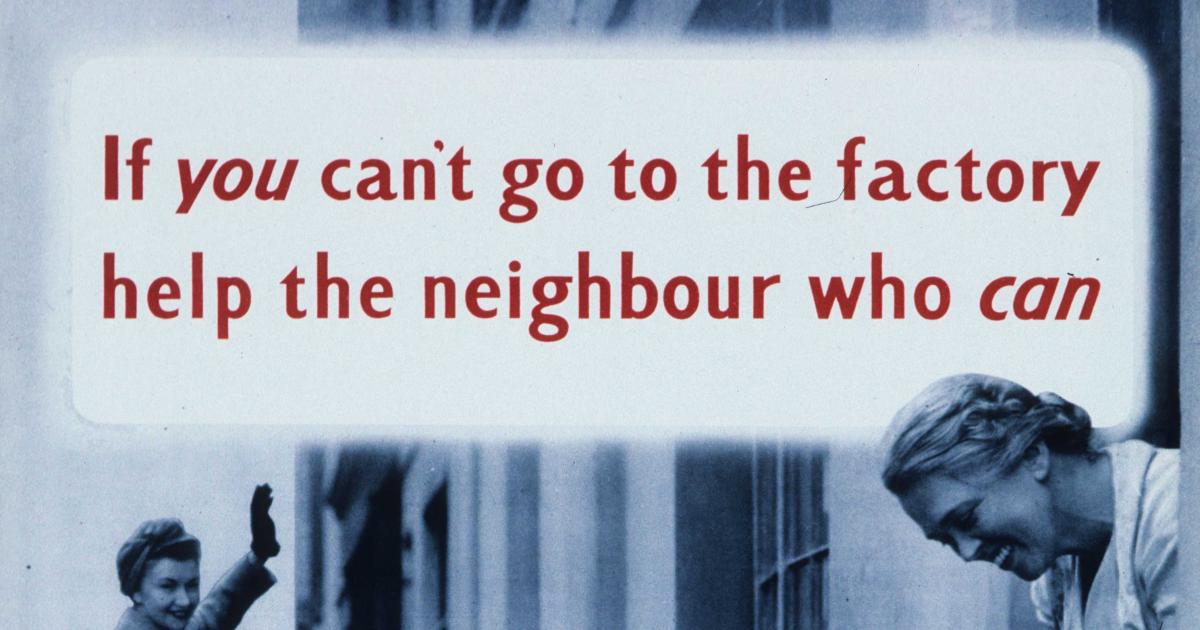Trump's New Executive Orders Aim to Strengthen Local Police and Crack Down on Immigration Obstruction

In a significant move aimed at reshaping law enforcement across the United States, President Trump has recently signed two executive orders designed to bolster the role of local police forces and increase pressure on "criminal aliens." This initiative reflects the administration's overarching vision of enhancing collaboration between local law enforcement agencies and federal authorities, particularly in the realm of immigration enforcement.
The first executive order focuses on local policing, urging federal agencies to develop and disseminate "new best practices" for state and local police departments. Key components of the order include proposals for improved police training, enhanced salaries, and better tracking and reporting of crime statistics. These measures have garnered a generally positive response from law enforcement advocates, as they are intended to increase efficiency and effectiveness in community policing. However, the order does not specify the mechanisms through which these goals will be achieved.
Peter Moskos, a former police officer and current professor at John Jay College of Criminal Justice, expressed a cautiously optimistic view of the order's initial portions. He stated, "These are indeed things the federal government can do to make communities safer," referencing his work documenting the decline in crime in New York City during the 1990s.
However, Moskos also raised concerns about other sections of the order. Particularly troubling is a provision titled "Holding State and Local Officials Accountable," which empowers the attorney general to pursue legal actions against state and local officials for alleged discrimination or civil rights violations related to diversity, equity, and inclusion (DEI) initiatives, as well as any perceived obstruction of law enforcement duties. Moskos cautioned, "As a total package, its worrisome, because of the excessive reach of the Feds trying to control local policing." This aspect of the order could potentially lead to tensions between state and federal authorities.
The second executive order issued on the same day instructs the attorney general and the secretary of homeland security to compile a list of states and cities that they believe are obstructing federal immigration enforcement efforts. This directive marks a continuation of the administration's aggressive stance against so-called "sanctuary" jurisdictionsthose localities that have opted not to cooperate with Immigration and Customs Enforcement (ICE) operations. In the past, these jurisdictions have faced threats of budget cuts, but now they may also encounter legal repercussions for failing to comply with federal law.
White House Press Secretary Karoline Leavitt emphasized the administrations position during a recent press briefing, stating, "Its quite simple: obey the law, respect the law, and dont obstruct federal immigration officials and law enforcement officials when they are simply trying to remove public safety threats." This statement underscores the administrations intent to enforce stricter immigration policies at the local level.
On a related note, the FBI recently arrested Wisconsin judge Hannah Dugan, who allegedly attempted to aid a man in avoiding arrest by ICE within her courtroom at the Milwaukee County Courthouse. White House Border Czar Tom Homan remarked, "When you cross that line to impediment or knowingly harboring, concealing an illegal alien from ICE, you will be prosecutedjudge or not." Such developments raise questions about the extent to which local law enforcement officials may now feel pressured in their interactions with federal immigration authorities.
Local law enforcement leaders are expressing their apprehensions about the implications of these executive orders. Sheriff Paul Heroux of Bristol County, Massachusetts, stated, "Ive never suggested that anybody interfere with what the federal government has to do," but he noted that state law does not permit him to detain individuals beyond their release dates for ICE requests. He questioned how an executive order could effectively shift the legal landscape, mentioning that the existing federal law known as 287(g) already provides a framework for local departments to assist ICE voluntarily. "I dont believe that an executive order can supersede a U.S. law; I dont think thats how it works," he asserted.
The executive order aimed at "unleashing" local police also encompasses provisions for legal assistance to individual officers who may face financial liabilities for actions taken during their duties. The order stipulates that the attorney general will establish a system that includes potential "private-sector pro bono assistance," which seems to reference commitments from law firms that have recently faced pressure from the administration.
Furthermore, the order calls for the attorney general to conduct a review of all ongoing federal consent decrees and other legal arrangements with police departments. This review aims to terminate those agreements that are deemed to "unduly impede the performance of law enforcement functions." Consent decrees, which were widely utilized by the Obama administration to impose reforms on problematic police departments, have seen less frequent application during Trump's first term and only a slow revival under President Biden. With a noticeable exodus of attorneys from the Justice Departments civil rights division, the likelihood of new investigations and consent decrees targeting law enforcement appears diminished.
Juan Cuba, the executive director of Sheriff Accountability Action, expressed deep concern about the broader implications of these orders. He argued that the combination of forcing sheriffs and local police to align with ICE, while simultaneously promising legal protection against potential lawsuits, could encourage negative behaviors among law enforcement officials. "In its totality, it is incredibly concerning," he stated, calling for a careful examination of the potential consequences of these actions on community relations and policing practices.










